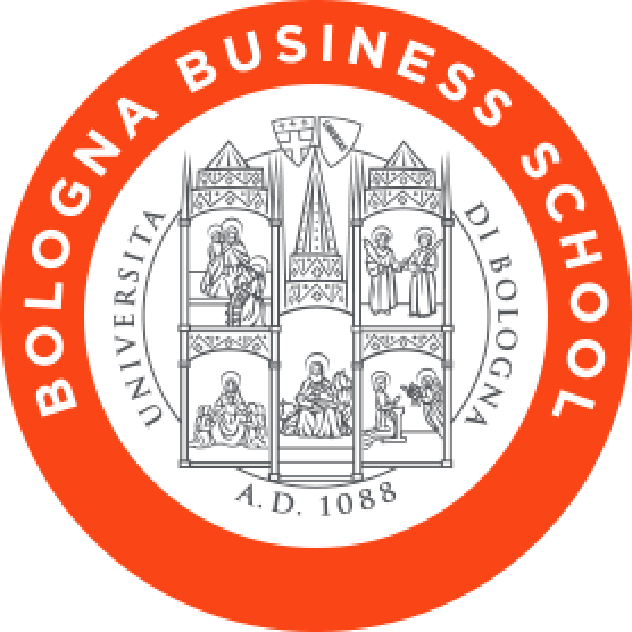Industry 5.0, defined by the European Commission as the natural evolution of Industry 4.0, is the result of a radical shift in thinking, one that is designed to reposition the concept of industry in the current socioeconomic context. It is not limited to the automation and interconnection of production processes, but focuses on people, environmental sustainability and the development of solutions of resistance and resilience with respect to territorial, social and environmental changes. It is an adaptation of the ways of understanding business organizations as a whole to the new demands that technology and digitization have brought to light. In this content we will explore the differences between Industry 4.0 and 5.0, and how the requirements for accessing the tax benefits provided for related investments change.
From Industry 4.0 to Industry 5.0
The evolution from Industry 4.0 to Industry 5.0 represents a significant leap in the industrial landscape, shifting the focus from a technocentric to a humanocentric approach in the way we understand business. Unlike Industry 4.0, which focused primarily on automation and efficiency of production processes, Industry 5.0 places people at the center, valuing their well-being and that of the community. The human-centric approach is embodied in several aspects:
- people as a key resource: advanced technologies do not replace workers, but become tools to enhance their capabilities and improve the quality of work
- safety and well-being: the goal is to reduce work risks and create a positive and inclusive work environment;
- Inclusion and accessibility: technologies are used to facilitate the integration of people with disabilities into the world of work;
- Social innovation: technological development is used to solve social problems and improve people’s quality of life.
From the fourth industrial revolution to the development of Industry 5.0, digitization has played a key role.
The use of technologies for data analysis, remote control of industrial machinery, and monitoring and reporting of consumption has enabled companies to make processes more efficient, sustainable, and safe. This automation process allows many employees to focus on more craft and creative tasks, increasing their satisfaction and generating added value.
The shift from Industry 4.0 to 5.0 represents an evolution from the use of technology to automate, digitize and speed up business processes to the use of artificial intelligence, machine learning and Internet of Things solutions to support employees in their daily activities.
What does the Transition 5.0 Plan include?
Several incentives have been disbursed over the years and dedicated to the digital, technological and sustainable transition of enterprises: starting with the Industry 4.0 Plan and ending with the more recent 5.0 Transition Plan. Incentives and tax breaks provided in the form of tax credits for capital goods for the digitization and sustainable transformation of enterprises. The Transition 5.0 Plan, published on February 26, 2024, allocated thirteen billion euros for companies that invest in tools for digital and energy transition, using innovative technologies for sustainable productivity. Tax breaks come in the form of tax credits, the percentage of which varies depending on the savings achieved by the company (which must record a 3 percent improvement in energy efficiency or 5 percent improvement in the production process involved). The tax credit percentages under the Transition 5.0 Plan for companies depend on the size of the investment and the percentage of reduction in energy consumption. The amount of the tax credit varies depending on the size of the investment:
- 35 percent for investments up to 2.5 million;
- 15 percent for investments over 2.5 million euros and up to 10 million euros;
- 5 percent for investments exceeding 10 million euros, up to a maximum limit of 50 million euros in eligible costs per year per beneficiary enterprise.
The tax credit can increase to 40% or 45% if the investment is shown to result in energy savings:
- Higher than 6 percent for 40 percent credit;
- Higher than 10% for 45% credit.
What investments are eligible for tax credit under the Transition 5.0 Plan?
- capital goods with operation controlled by computerized systems and/or managed through appropriate sensors and drives;
- Systems for quality assurance and sustainability;
- devices for human-machine interaction and improving workplace ergonomics and safety in Logic 4.0;
- programs and applications purchased by companies (such as software, systems and system integration);
- Supply chain management systems aimed at drop shipping in e-commerce;
- software, platforms and applications for logistics management and coordination with high service activity integration features;
- software and digital services for immersive, interactive and participatory enjoyment, 3D reconstructions, augmented reality.
Digitizing business processes: an entry channel to a 5.0 future
Digitization in industrial processes, from a 5.0 and sustainable perspective, is a crucial breakthrough for companies. By integrating advanced technologies such as artificial intelligence and the Internet of Things, companies can optimize operational efficiency, reduce energy consumption and improve product quality. This transformation not only fosters greater productivity, but also enables more sustainable practices, helping to reduce environmental impact.
In addition, digitization relieves employees of repetitive tasks, allowing them to engage in more creative and value-added tasks. In this context, the synergy between technological innovation and sustainability is not only a necessity, but an extraordinary opportunity to build a responsible and prosperous future.
Find out how we can be of support to you in your digitization journey.


